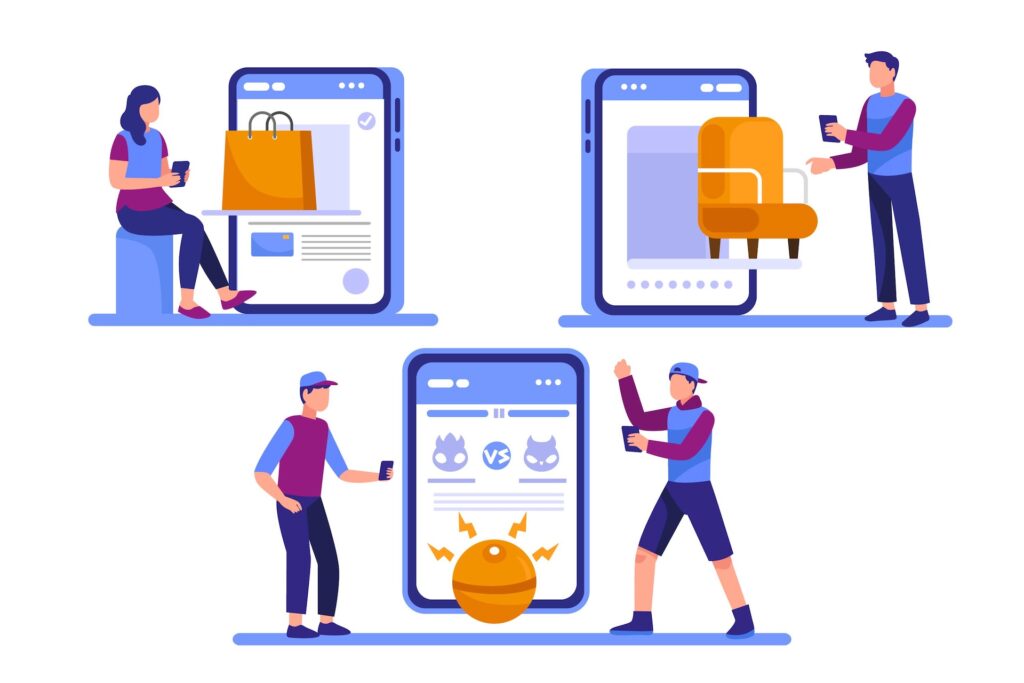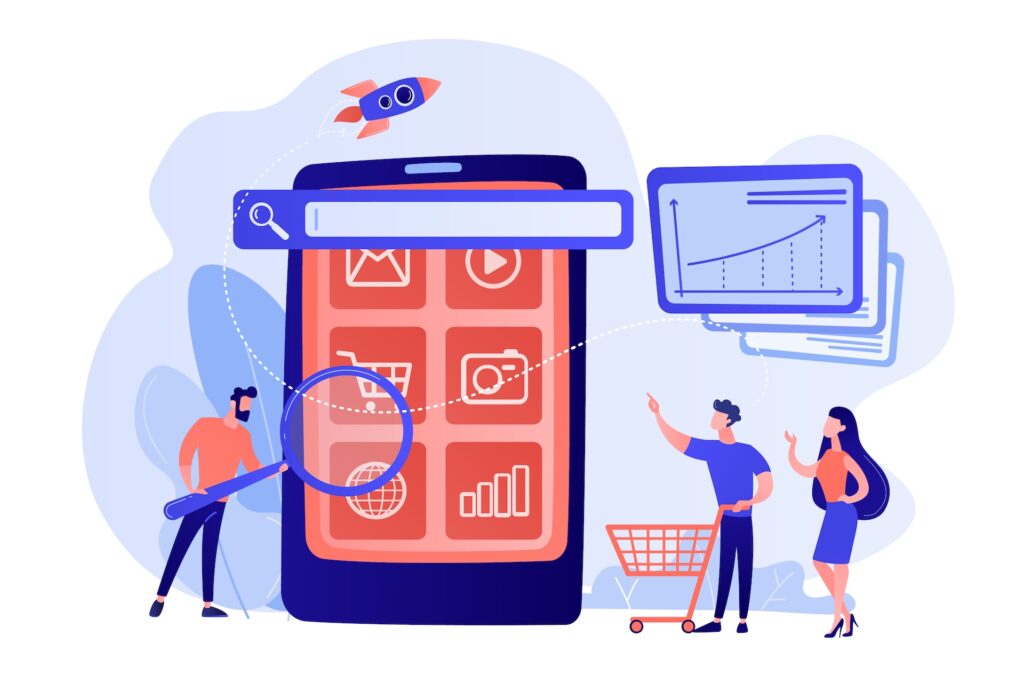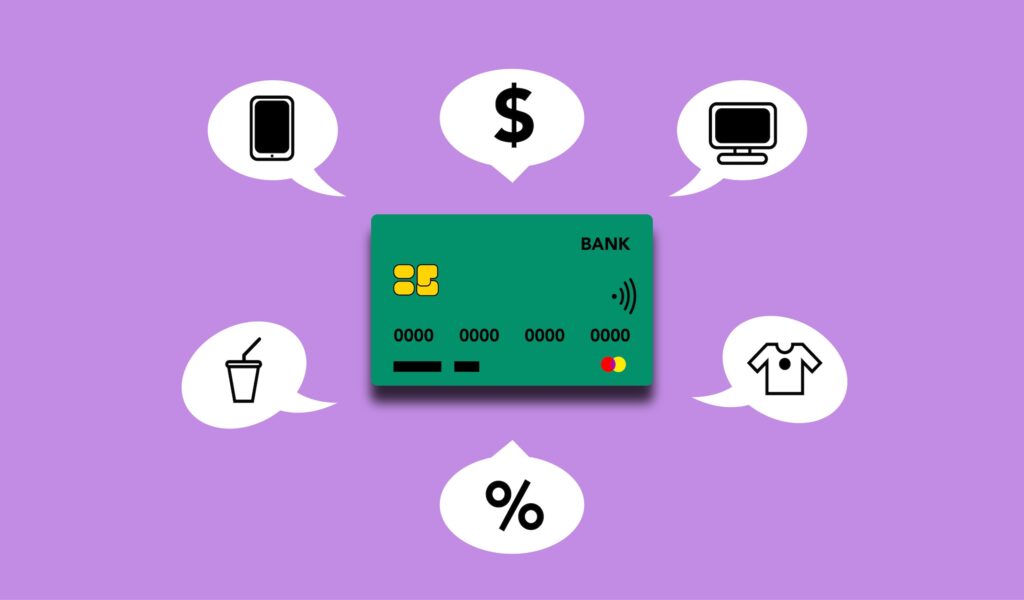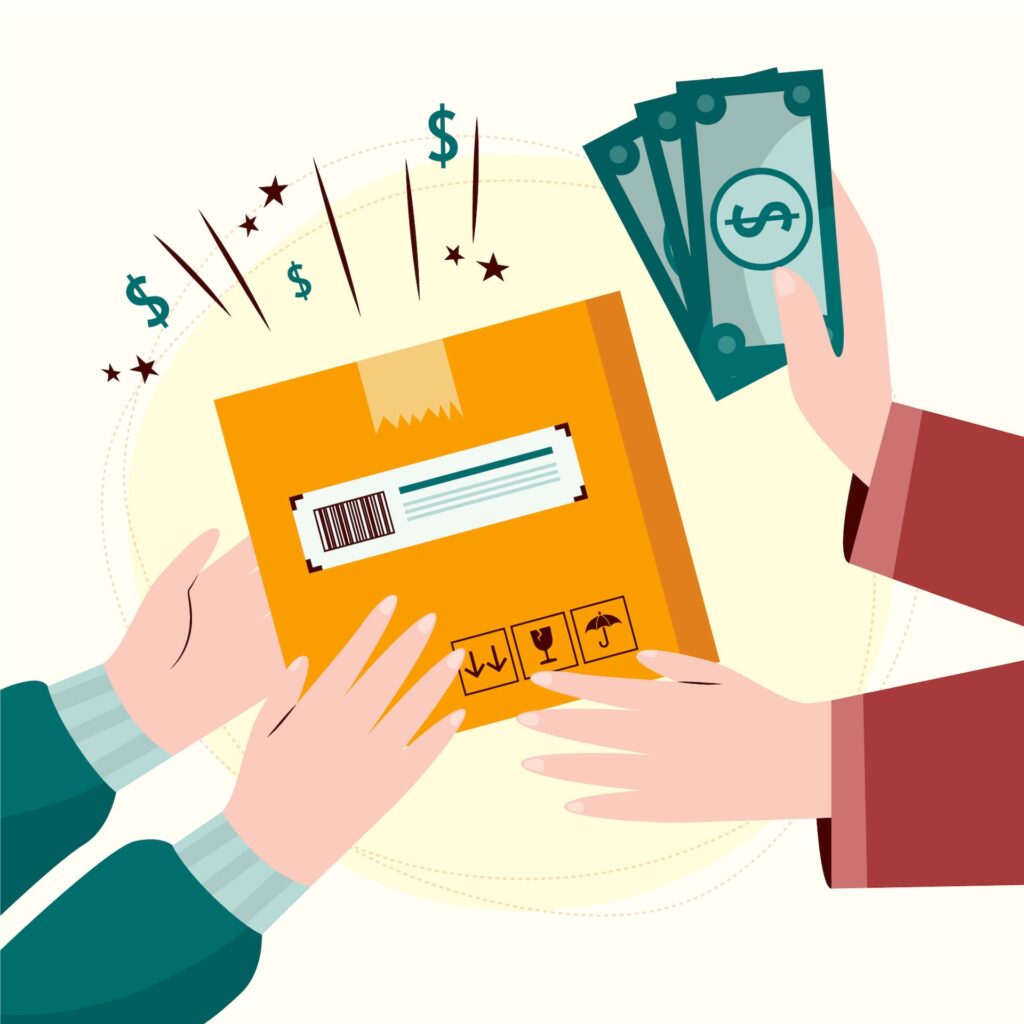1. Social Commerce
It’s no longer “nice to have” — if you’re not selling directly on social media, you’re leaving money on the table. In 2025, platforms like TikTok Shop, Instagram Checkout, and Facebook Marketplace are not just promotional tools, but full-on sales channels.
What to do:
- Focus on short-form video (Reels, Shorts, TikToks).
- Integrate product tagging and direct shopping links.
- Use storytelling and real customer content to build authenticity.
Selling where your customers already scroll is one of the easiest ways to reduce friction and boost conversions.
2. BOPIS, BORIS… and Now BOEIS

The acronyms may sound silly, but the logic is sound:
- BOPIS – Buy Online, Pick Up In Store
- BORIS – Buy Online, Return In Store
- BOEIS – Buy Online, Exchange In Store
Customers crave flexibility, and offering these options can dramatically improve satisfaction and retention. If you have a brick-and-mortar presence, 2025 is the year to unify your digital and physical sales strategies.
3. AI & AR Take the Lead in Personalization
AI in eCommerce is no longer just for chatbots. Today, AI powers everything from dynamic pricing and product recommendations to personalized landing pages.
AR helps bridge the physical-digital gap by letting users visualize furniture in their room, try on glasses virtually, or even preview makeup shades.
Tip: Use AI to create smarter cross-sells and optimize pricing. If you sell physical goods, look into AR tools that reduce return rates by helping shoppers “try before they buy.”
4. Mobile-First Is Now Mobile-Only

Mobile commerce isn’t the future — it’s the present. Over 75% of eCommerce traffic in 2025 is mobile. If your site isn’t fully responsive, lightning-fast, and touch-friendly, you’re likely losing sales.
Essentials:
- One-click checkout
- Apple Pay / Google Pay
- Lazy loading and performance-optimized pages
- Mobile-first email and popup design
Make sure your customers can shop, compare, and buy without pinching or zooming.
5. Smart Chatbots Become Standard

Shoppers expect immediate answers. Whether it’s product availability, return policies, or shipping details — delays can cost you conversions.
2025’s top-performing shops are using AI-powered, multilingual chatbots that simulate natural conversation and route users efficiently to the info they need.
Bonus: Many bots now integrate directly with WooCommerce and other CRMs to pull customer data, check order status, and suggest upsells on the fly.
6. Sustainability Becomes a Deciding Factor
Green is the new gold. More than 40% of online shoppers say they prefer sustainable brands — and many are willing to pay a premium for eco-conscious products.
What to focus on:
- Eco-friendly packaging
- Carbon-neutral delivery options
- Highlighting your values transparently on product pages
If sustainability is part of your DNA, promote it proudly. If it’s not — now’s a great time to start.
7. Customer Experience Over Everything

With rising ad costs and competition, retaining customers is just as valuable as acquiring new ones. Customer experience (CX) is your edge.
Here’s how the best shops are doing it:
- Personalized discounts and content
- Transparent pricing history
- Simple return policies
- Real-time order tracking
- Loyalty programs tied to actual customer behavior
Final Thoughts
There’s no magic bullet — but there are clear paths to growth. By leaning into these 2025 eCommerce trends, you’re setting your shop up for higher conversions, better retention, and more satisfied customers.
✨ Pro Tip for WooCommerce Stores: A great way to improve customer experience and increase average cart value is to show customers how close they are to unlocking free shipping. Our plugin, Free Shipping Label for WooCommerce, adds a fully customizable progress bar to your cart and checkout pages — with support for multi-step goals, auto-applied discounts, and even free gifts.
Try the free version or explore the Pro features to take it even further.
Happy selling!




